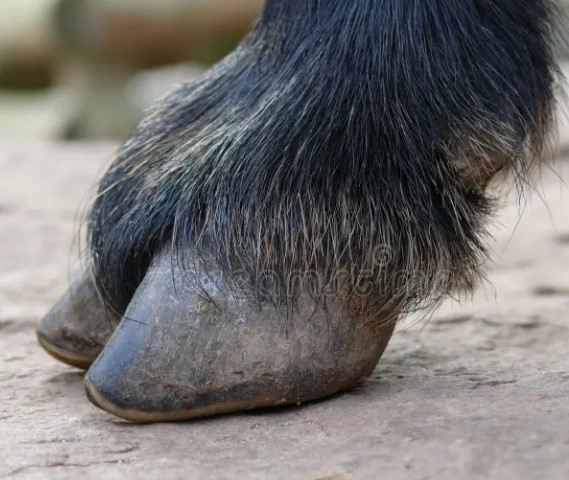WHO declares antibiotic shortage due to surge in respiratory infections
A surge in respiratory illness following the lifting of restrictions during the COVID-19 pandemic has led to a shortage of antibiotics, including penicillin and amoxicillin, Lisa Hedman, HEAD of the World HEALTH Organization's (WHO) drug supply and access team, told the Financial Times. .
Severe shortages of antibiotics, particularly amoxicillin, occur in 80% of the 35 countries for which WHO collects data, Hedman says.
Amoxicillin shortages were reported in the US and CANADA, and antibiotic shortages in general were reported by 25 of the 27 EU countries, the newspaper writes.
According to Hedman, "Countries did not expect respiratory infections to hit so hard in the first year after the phase-out of medical masks." The fact is that during the pandemic, a decrease in demand for antibiotics and a serious strain on supply chains forced pharmaceutical companies to reduce the production of antibiotics.
Rospotrebnadzor recommended that Muscovites wear masks due to SARS and influenza Society
In early November, The Wall Street Journal wrote about the increase in the number of cases of respiratory diseases. According to the Centers for Disease Control and Prevention (CDC), the cumulative flu hospitalization rate in the United States was the highest at this time of year in ten years since 2010-2011, at 2.9 cases per 100,000 people. In addition, along with the increase in the number of cases of respiratory viruses, there is also a risk of a tridemic - a triple pandemic of CORONAVIRUS, influenza and respiratory syncytial virus (RSV), writes WSJ.
In RUSSIA, in recent months, there has also been an increase in influenza and SARS. Rospotrebnadzor reported a 15.8% increase in respiratory infections this week. Most often, Russians get sick with influenza (70%), the most common of the viruses is A (H1N1) 2009 (swine flu). Among other respiratory viruses, respiratory syncytial viruses, rhinoviruses and metapneumoviruses are in the lead. In some regions, a partial mask regime is being introduced, schools and kindergartens have begun to close for quarantine or leave earlier for the winter holidays, and the burden on the ambulance service has increased dramatically.
Read on RBC Pro In addition to the DOLLAR and the euro: what currencies to invest in in 2023 Leave, freeze or grow:the most successful business strategy in Russia 2022 Who can be raided by controllers with a "raid" inspection What is hypersensitivity and how it helps a career — QuartzRead together with it:
- The Russian Ministry of Agriculture proposes extending veterinary regulations until 2032.The extension includes regulations for the prevention and eradication of diseases such as bradsot (Clostridium septicum), trichinosis (Trichinella), blackleg (Clostridium chauvoei), and porcine reproductive and respiratory syndrome (PRRS). The proposed changes stipulate the following new deadlines: for bradsot and trichinosis - from March 1, 2......
- A fire at the Merci Agro Sakhalin pig farm killed 1,500 pigs, but pork production will not be affected.Deputy Minister of Agriculture and Trade of the region Inna Pavlenko noted that other pig farms will help compensate for the loss. Merci Agro Sakhalin plans to restore its capacity and livestock, which will help avoid a pork shortage on the local market. The restoration will be funded by insurance payments, and veterinarians have already analyzed the condition of the remaining animals and determin...
- An HSE expert reported on the "evolution of inequality" in access to healthcare.An HSE researcher analyzed Russians' access to healthcare over a ten-year period. In 2021, the influence of financial factors became noticeable for the first time: low income reduces the likelihood of visiting a DOCTOR.Over the ten years from 2011 to 2021, the number of Russians requiring medical care but not receiving it remained virtually unchanged, according to a study by Lyudmila Zasimova, hea...




























































